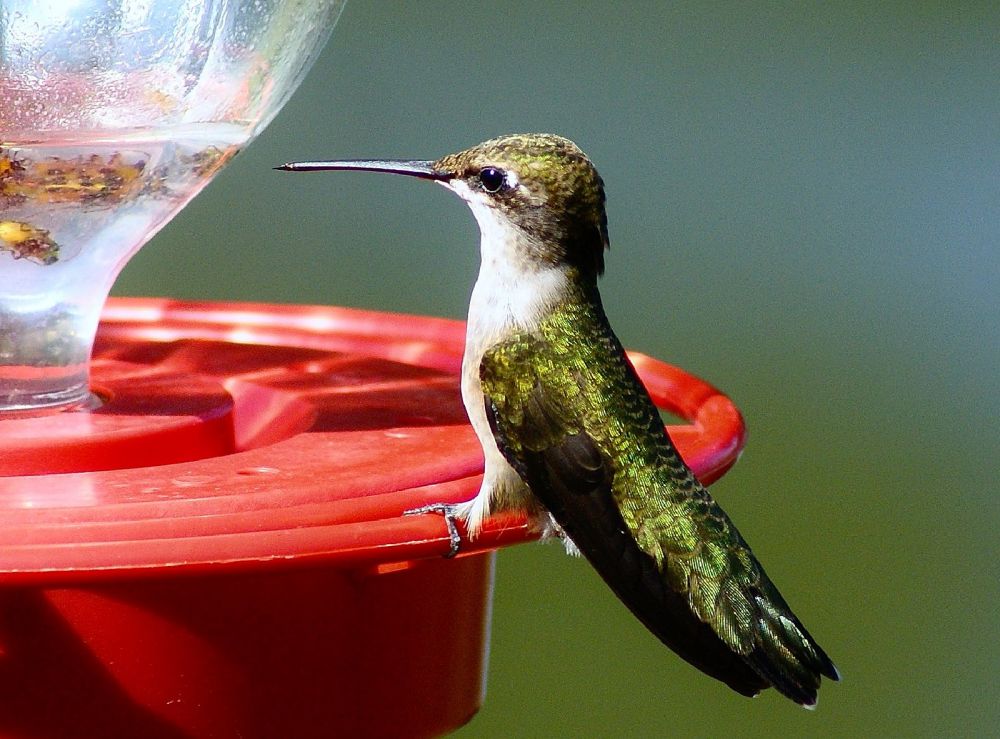Explore Blog
Best Practices for Hummingbird Feeding

With spring upon us, soon we’ll see an influx of hummingbirds into Salt Lake City. Putting out food for these hummingbirds is a great way to see these beautiful species up close. To do this safely and avoid any unintentional harm to these birds, it is important to follow these best practices:
- Find a good hummingbird feeder. It should be easy to clean and not too big. The birds in your yard should be able to empty the feeder in 2-3 days.Red should be incorporated into the design, and yellow colors should be avoided (bees and wasps tend to be attracted to yellow).If possible, get a feeder where the birds can perch while they eat.
- Prepare a nectar solution that mimics the nectar these birds would eat in the wild: use a 1:4 solution of refined white sugar to tap water. Mix sugar and water, bring the solution to a boil, then let it cool (and make sure it looks clear) before filling the feeder. Don’t use red food coloring or other sweetening agents, as these can be detrimental to hummingbirds
- Place your feeder in the shade, away from cats and other predators
- Clean your feeder every 2-3 days in mild weather, and daily in very hot weather. Dispose of cloudy liquid if you ever see it, and keep an eye out for growing mold.
And, of course, if you see a Broad-tailed Hummingbird at your feeder, you can log it as part of Project Broadtail via inaturalist.org/projects/project-broadtail-slc
By: Cooper Farr